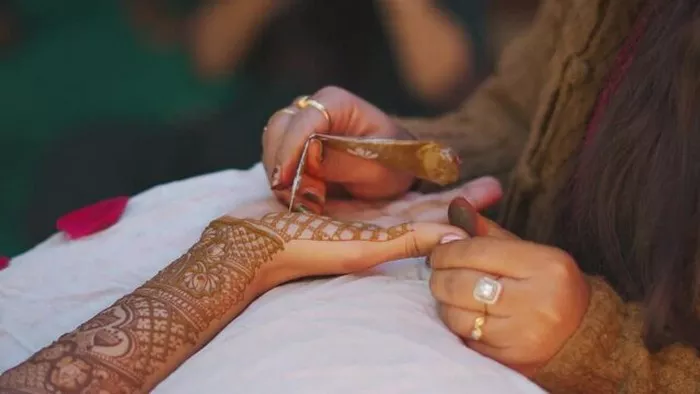Getting a tattoo is an exciting and personal experience, but it comes with the responsibility of proper aftercare, especially when it comes to exercise. Knowing when and how to resume physical activities after getting a tattoo can be crucial for ensuring optimal healing. This article delves into the essential aspects of exercising post-tattoo, emphasizing healing, risks, and best practices.
When Can You Exercise After a Tattoo
A fresh tattoo is essentially an open wound, requiring time to start healing properly. The skin has undergone a process of puncturing and trauma, which makes it vulnerable to infections and complications. Generally, it is recommended to wait at least 24 to 48 hours before engaging in any strenuous physical activity. This initial healing period is crucial for reducing the risk of complications and ensuring that the tattoo begins to heal without disruption.
During these first couple of days, the body starts forming a protective scab over the tattooed area, and it is essential to allow this natural healing process to occur without interference from sweat, friction, or other external factors.
Risks of Exercising Too Soon
Engaging in physical activities too soon after getting a tattoo can pose several risks. These include:
Infection
One of the most significant dangers is infection. Sweat can introduce bacteria to the fresh tattoo, leading to potential complications. Gym equipment, which can harbor germs, adds to this risk, as it comes into contact with many different individuals. If sweat from exercise mingles with the open wound, it can lead to inflammation and infections, making the tattoo healing process more complicated.
Irritation and Stretching
Strenuous workouts can also irritate the tattooed skin. Activities that involve repetitive movements or stretching may cause the tattoo to stretch, leading to distortion or fading. Such actions can hinder the tattoo’s overall appearance and longevity.
Bleeding
In some cases, exercising too soon may cause bleeding in the tattooed area. Increased heart rate and blood circulation during vigorous activities can exacerbate this, delaying the healing process and potentially leading to unsightly results.
SEE ALSO: What is the Average Cost of a Small Tattoo?
Types of Exercises to Avoid
When considering what types of exercises to avoid after getting a tattoo, it’s essential to focus on those that may directly impact the tattooed area or cause excessive sweating. Some specific activities to steer clear of include:
Weightlifting: Particularly exercises that involve the arms or upper body, as they may stretch the skin.
High-Intensity Cardio: Activities such as running, cycling, or aerobics can cause excessive sweating and friction.
Swimming: Public pools, hot tubs, and natural bodies of water can introduce bacteria and irritants to the tattoo.
Yoga and Pilates: Certain poses may put undue stress on the tattooed area, especially if it is in a place prone to bending or stretching.
It’s wise to consult with your tattoo artist for specific recommendations based on the location and size of your tattoo.
Safe Exercise Practices
Once the initial healing period has passed, you can gradually resume exercise while following safe practices to protect your tattoo:
Start Light: Begin with light activities such as walking or gentle stretching that do not involve the tattooed area. Monitor how your body responds and gradually increase intensity as your tattoo continues to heal.
Wear Loose-Fitting Clothing: Opt for loose-fitting clothing to avoid friction against the tattoo. Tight clothing can rub against the tattooed skin, leading to irritation and potential damage.
Keep It Clean and Dry: Ensure that the tattoo remains clean and dry while exercising. Consider using a breathable bandage or covering during workouts, especially in the initial healing phase.
Tattoo Aftercare Tips
Proper aftercare is vital for ensuring your tattoo heals correctly and maintains its quality. Here are some general tips to follow:
Moisturize: Keep the tattoo moisturized with a suitable tattoo aftercare product or fragrance-free lotion. This helps maintain hydration and promotes healing.
Avoid Direct Sunlight: Protect the tattoo from direct sunlight during the healing process. UV rays can fade and damage a fresh tattoo, so consider wearing protective clothing or using sunscreen once the tattoo has fully healed.
Do Not Pick at Scabs: Avoid picking at scabs or peeling skin as this can lead to scarring and affect the final appearance of the tattoo. Let the skin heal naturally.
Follow Artist Instructions: Always adhere to the specific aftercare instructions provided by your tattoo artist. They may have unique recommendations based on their techniques and the type of ink used.
Signs of Complications
Being aware of the signs of potential complications is essential for anyone with a new tattoo. Common signs of infection or other issues include:
Excessive Redness: If the area around the tattoo remains red for an extended period, it may indicate inflammation.
Swelling: Some swelling is normal, but excessive swelling can signal an infection.
Pus or Fluid: Any discharge, especially pus, can indicate an infection and requires medical attention.
If you notice any of these symptoms, it is crucial to consult a healthcare professional immediately.
Conclusion
Knowing when and how to exercise after getting a tattoo is essential for ensuring proper healing and maintaining the quality of your body art. By understanding the initial healing period, recognizing the risks of exercising too soon, and following safe practices, you can enjoy both your new tattoo and an active lifestyle. Always prioritize aftercare and remain vigilant for signs of complications to ensure your tattoo heals beautifully.
Related Topics

